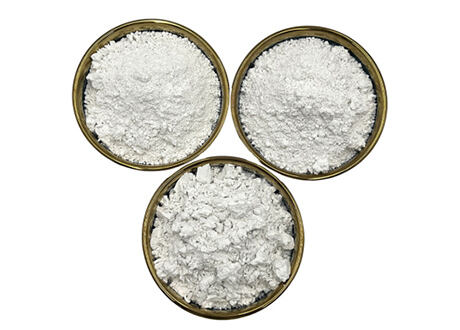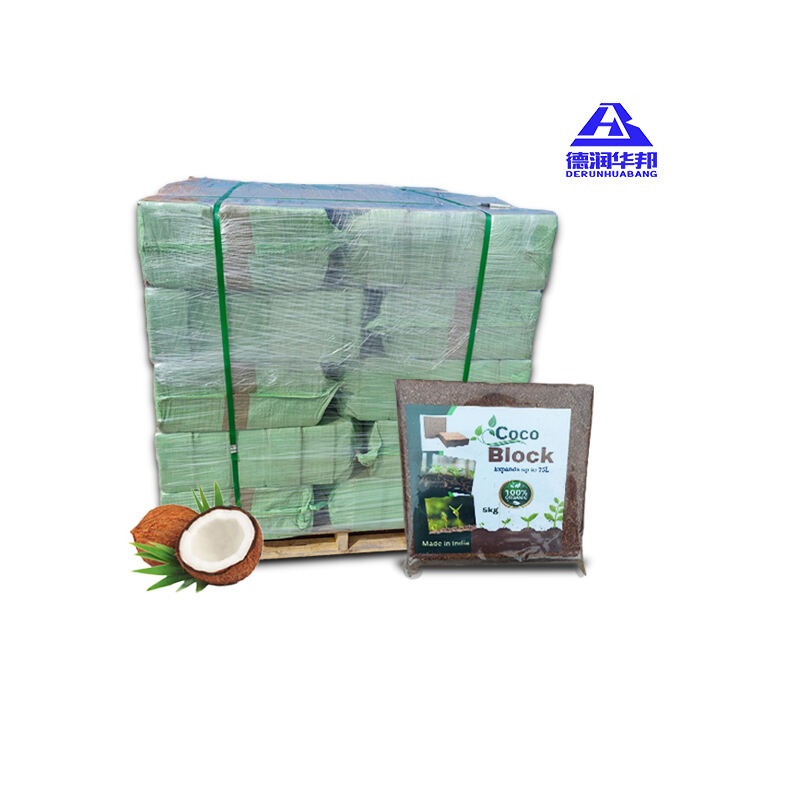 ×
×

First of all, the calcined kaolin is calcined, and the crystal type and original soil have changed. However, washing kaolin is only a physical treatment, which will not change the properties of the original soil.Secondly, the difference in whitenes...

Zeolites have a wide range of applications in the environmental protection field due to their unique physical and chemical properties, such as ion exchange. Here are some specific application examples: Air purification: VOCs adsorption: Zeolites h...

The production of ceramic luminous stones is a complex and precise process. Manufacturers typically start by adding special luminous powders, often containing rare - earth elements such as strontium aluminate, to the ceramic raw materials. These rar...

Diatomite, also known as diatomaceous earth, is a naturally occurring siliceous rock primarily composed of the fossilized remains of ancient diatoms, a type of microscopic, single-celled algae. These algae have siliceous shells that, when they die, a...

Coconut Coir Bricks, also known as Coco Bricks, are innovative gardening products derived from the fibrous material found between the hard inner shell and the outer husk of coconut fruits. Made from 100% natural and biodegradable coconut coir, these ...

Tourmaline, a fascinating gemstone belonging to the complex borosilicate mineral group, captivates both gemologists and jewelry enthusiasts with its diverse range of colors, unique physical properties, and widespread occurrence in nature. This minera...

Black rubber granules are tiny particles derived from recycled automobile tires. These granules are versatile and eco-friendly, offering a range of benefits across various industries. In sports fields, black rubber granules are a crucial component in...

Oxide iron pigments, derived from Iron(III) oxide (Fe₂O₃), have a long and colorful history as a vital component in paints and other artistic mediums. Known for its robust, earthy hues ranging from yellow to deep red, oxide iron has been utilized as ...

